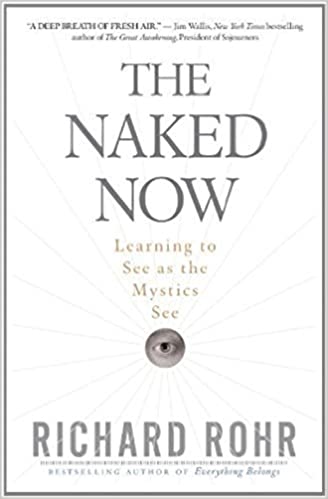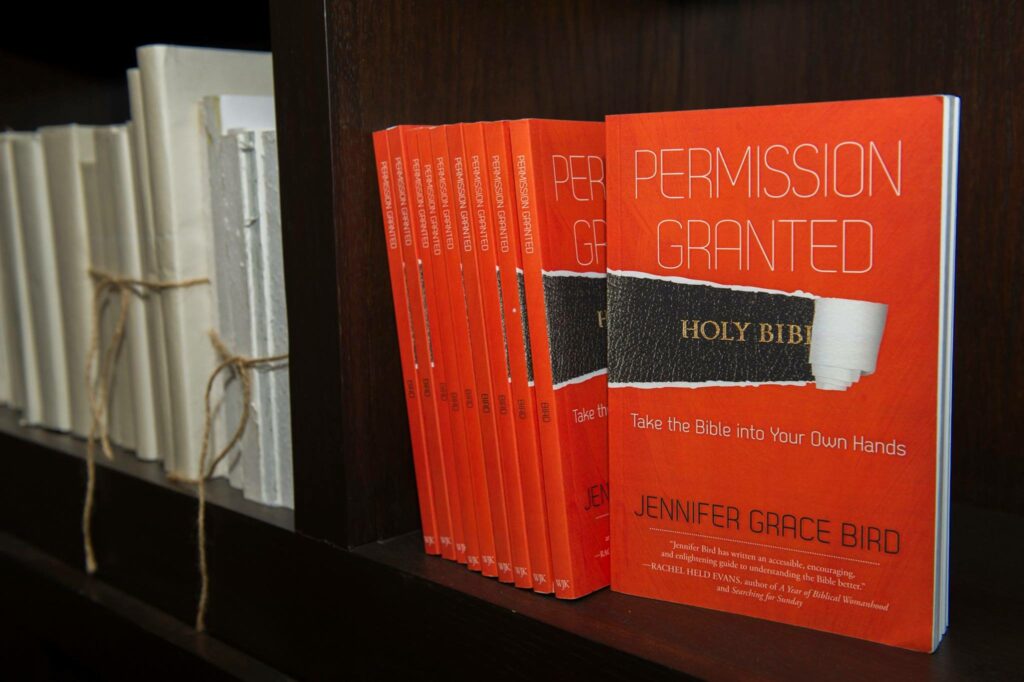New York: The Crossroad Publishing Company, 2009. Pp. 187. Paperback. ISBN 978-0-8245-2543-9.


Don’t let the title worry you, “mystic” doesn’t mean what you think it means. Today, people hear a word like “mystic,” and they think “magic” or “voo doo,” but that is not how that term is used in church tradition. Mystic has a long history in Catholicism. Now, I know a lot of us Protestants don’t always like to learn about our Catholic roots, but here is a root that really matters. Mystics are very prevalent and important in the Catholic (whole church, not Roman) tradition. In fact, the mystics, like St. Francis, Julian of Norwich, and Joan of Arc, were the serious seekers. Warriors of the faith. Mystics are the people who pushed all their chips in before the turn and walk away with the treasures of heaven.
Mystics don’t go for mere words or dogma, they are about deeds, a way of life, a deeper understanding of God, and a deeper communion with Eternity. So, mystics aren’t David Copperfield as the modern understanding of the word would imply; rather, mystics are the ones who got to a level of concrete knowledge of God by experiencing things that were not concrete to everyone else. And, in our modern world, Richard Rohr is one of the current church fathers who keeps this spirit of the mystics alive.
In The Naked Now, which is readily accessible to the average reader, Rohr wants us to see in a way that the early church Mystics saw the world. Often you will hear Rohr talk about duality or dualistic thinking, which he emphasizes in many of his books. This notion of either/or thinking – duality – leads us to see things only in one form or the other – yes/no, black/white, or Republican/Democrat. Dualistic thinking leaves no room for the “and.” By its very nature, all dualistic thinking puts things in opposition to one another, because there is no “and.” Yet, the mystics don’t see the world that way. Mystics commonly look for the “third way.”
Some of you just got uncomfortable thinking that sounds like some sort of Hippie nonsense, and if it does, then get me a tie-die t-shirt. The mystics saw the universe as full of non-dualistic things, but our minds (the human mind) struggles for dualism due to our fear. Emotionally, our greatest goal is safety, so we struggle to maintain our teams – thus dualism. I am on this team while you are on that team. Pick a topic, but no matter what, it is either/or.
The problem is that most things aren’t easily put into those categories. In fact, spiritually, most Christian doctrine resides in paradox and without the non-dual mind, you never quite get to the point of “and.” What do I mean?
Have you ever thought about the idea that to gain your life you have to lose it? That is a paradox and major point of faith in Christianity. You win by losing. The Cross is a victory even though it looks like torture. All of these mysteries of faith are paradoxes. So, mystics, like Rohr want to help lead us on a path that allows for the “and.” In The Naked Now, Rohr’s main point is to remain in the mystery discarding dualism for presence. Yes, the Eastern philosophy or practice of sheer presence is helpful to Christians too.
Staying in the naked – unjudged – moment and seeing life for what it really is in that moment is how the mystics lived. As Rohr says, “transformed people transform people.” If you like pondering these mysteries, you will enjoy and be challenged by this book.


